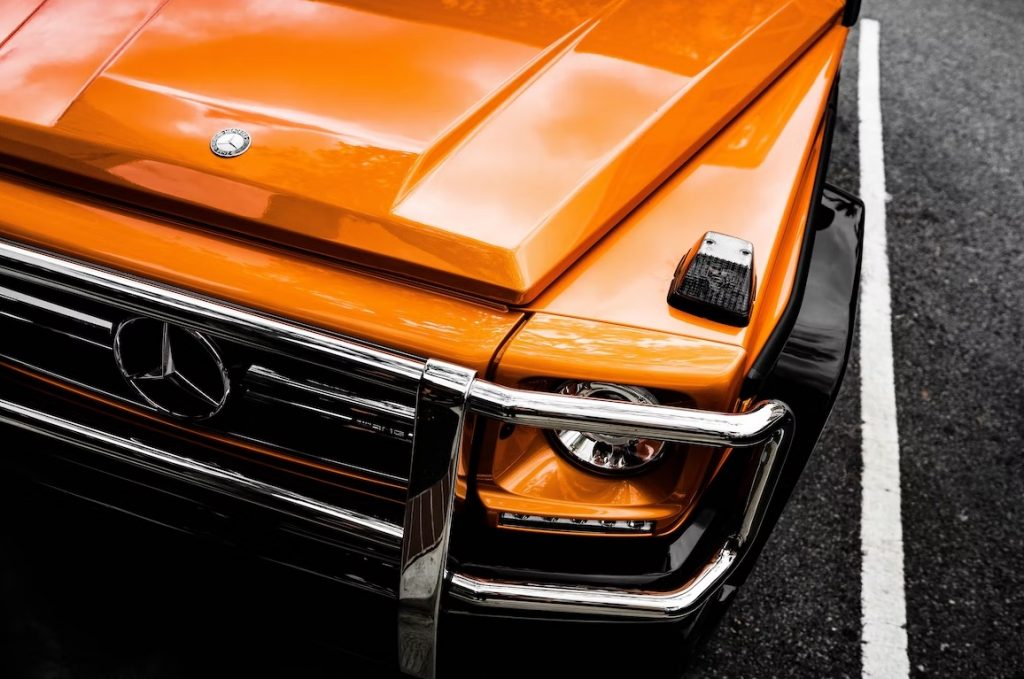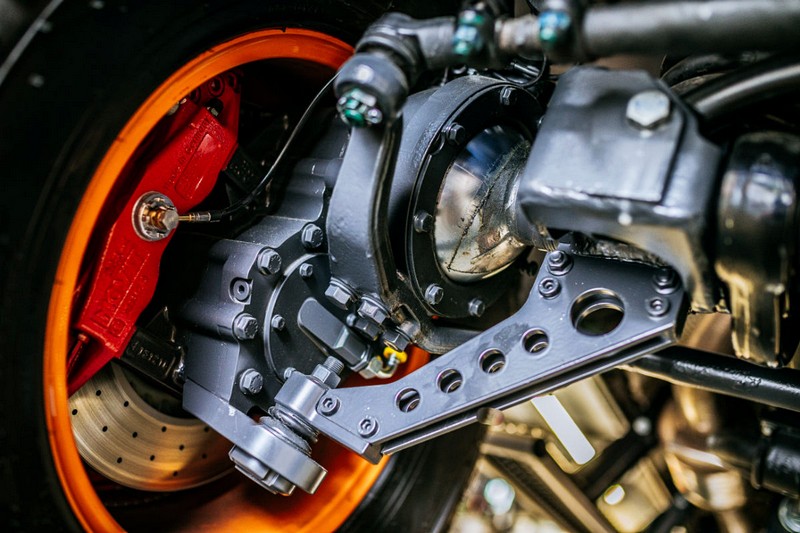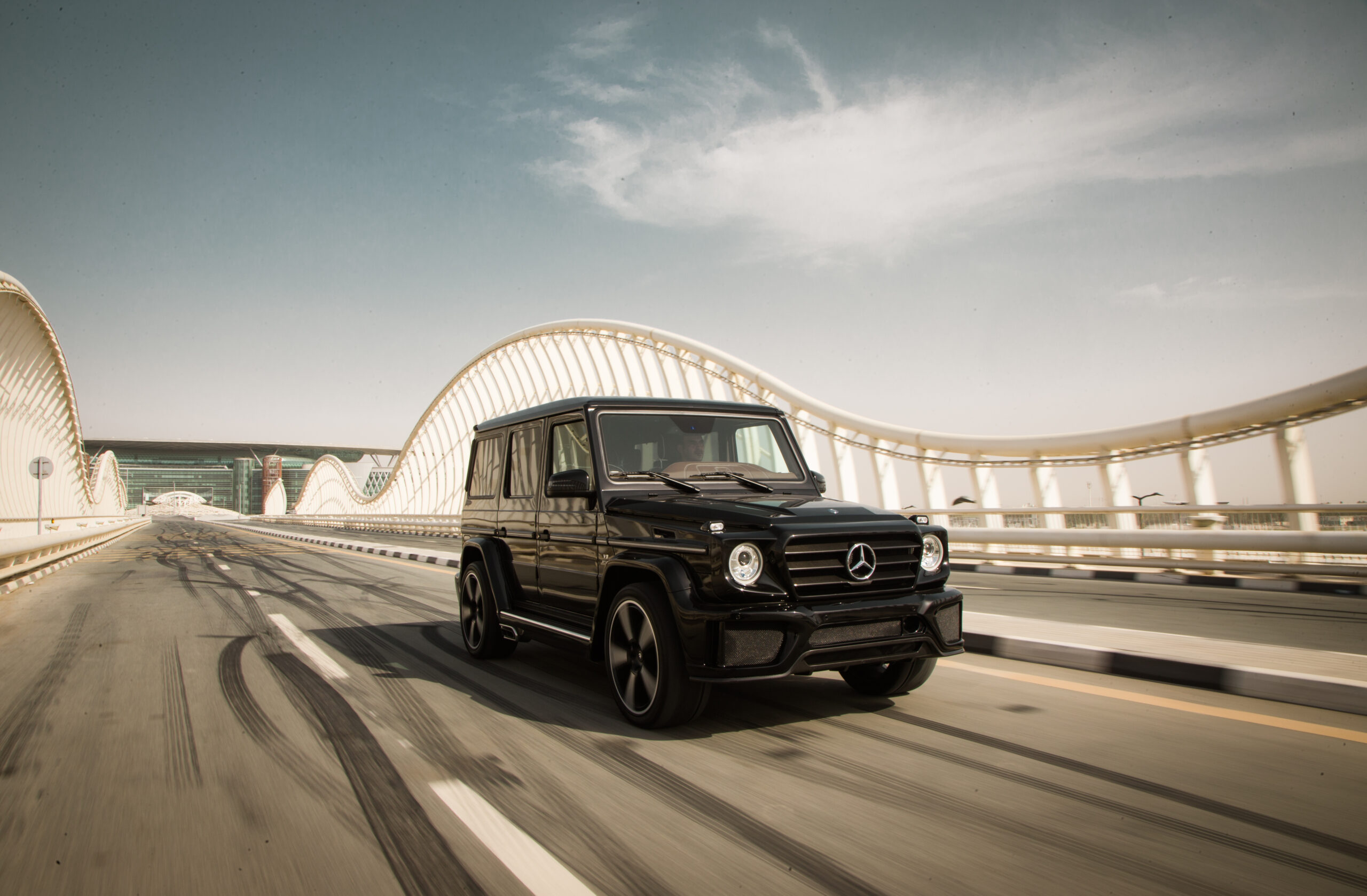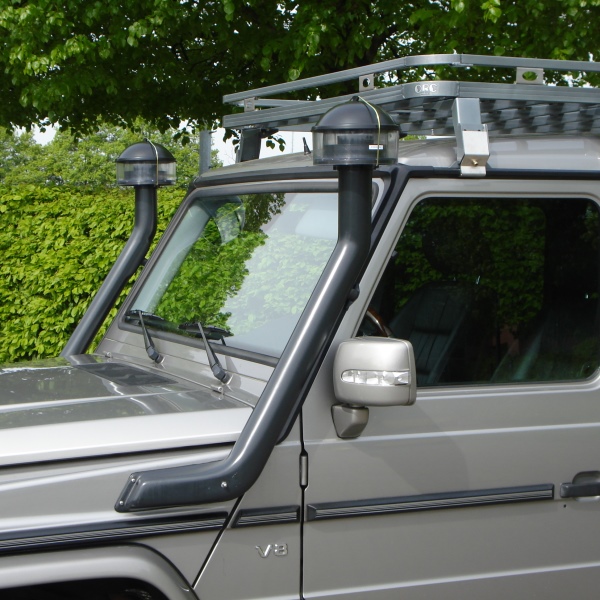The Mercedes G Class has been a status symbol for decades at this point. Much like one of its domestic counterparts, the Cadillac Escalade, the “G Wagon” has been featured extensively in music videos, news articles, and movies. Outside of the silver screen, it remains a popular daily driver choice among celebrities such as Kylie Jenner, Floyd Mayweather, Cardi B, and Sylvester Stallone, among many others. Those who choose the G Class do so for a wide variety of reasons: eye-catching styling, luxurious interiors, and all of the cutting-edge technology one would expect in a flagship Mercedes. Plus, there’s a certain “je ne sais quoi” about these vehicles that seems to exude the aura of success.
It hasn’t always been this way, with the luxury and refinements. In fact, if you were around to see the genesis of the G Class in the late 1970s, you might be surprised at just how far it’s come. While all models of the G Class have remained visually similar over the course of production, the creature comforts inside the cabin have come a long way. Let’s take a look at where the G Class started, and where it is today.
Dawn of the G Wagon
The year was 1972, and one of Mercedes’ largest stockholders had a novel idea for a new type of military vehicle. That stockholder was, in fact, the Shah of Iran (this was just before the Iranian Revolution), and his bill of requirements came specifically from the needs of his military in the rough desert climate in which they operated – and most notably, the need for a small transport vehicle with all-wheel-drive. Owing to the military contract nature of the platform and the need for utmost reliability and durability, field testing of the pre-production G Wagons took place in the harshest climates all over the world, including inside the Arctic Circle and in the Sahara desert.
The W460 Years
Initially, the G Class was delivered to the Iranian military as a four-door hardtop, but when Mercedes decided to roll it out to the civilian market as well with the W460 platform in 1979, there were quite a few configurations a buyer could choose from. These included two- and four-door models with differing wheelbases, as well as a windowless Kastenwagen (similar to what we know in the United States as a sedan delivery, or panel van). These early cars featured relatively small four- and six-cylinder engines of both gasoline and diesel types, with a maximum displacement of just 3.0L. This is a significant difference between the monstrous, 4.0L twin-turbo V8s that are used now, or even the V12 that finds its way into some current AMG models.
The interiors of these early models is also incredibly bare-bones compared to what you’ll find at the dealer today. A small radio/tape deck was included, as well as a primitive climate control system, but that’s essentially all there is to them. The instrument panel is dominated by a large tach and speedometer, with a few warning lights and provisions for an additional gauge, if optioned (it appears most of them received temperature gauges). In keeping with the utilitarian nature of the military contract vehicles, you’ll usually find a manual transmission, as well as another lever to actuate the four-wheel-drive. Minimalist cloth bucket seats up front are a far cry from some of the quilted, supple leather interiors you’ll find on nearly every single G Class these days, let alone those from an aftermarket like Brabus or Lumma.
The W463 Years
This first generation W460 platform had an incredibly long production run by anyone’s standards. It existed, with the occasional update and upgrade, from 1979-1992, for a lucky total of 13 years. In 1990, the lineup became a bit more diverse with the addition of the civilian-focused W463. This was an extensive refinement of the W460, and this is when the G Class shifted market positions into the luxury class for good. The exterior styling remained very similar to previous years, but on the inside, fine wood trim and leather was incorporated throughout the cabin; the G Class now looked not only like a normal street car on the inside, but a top-dollar one at that.
In addition to cosmetic upgrades, the W463 also received some much-appreciated powertrain improvements, and in addition to the small four- and six-cylinder motors from years past, also received a wide variety of V8 and even V12 motors to truly bring the platform into the 21st century. As in the previous generation, there was a wide variety of body styles still available, from extended wheelbases to short wheelbases, to pickups with six wheels, to two-door cabriolets. This iteration proved to be so successful that production continued on this series all the way through 2018.
Today’s G Class – For Work and for Pleasure
The G Class of 2022 is a culmination of almost 50 years of design and refinement (depending how you count it). While the interiors are far, far more swanky than could have ever been conceived by the designers working on a military contract vehicle for use in the Middle East, the character and utility of the iconic G Wagon remains intact with the second generation of the W463. As is always the case with new models, this is the physically biggest platform yet, and features all of the bells and whistles needed to not only keep it in compliance with the regulatory spiderweb that governs today’s auto makers, but to make it still tremendously appealing to anyone in the market for an ultra-luxe SUV.
All of this is not to say the G Class has traded in its utility value, either, and it’s military roots haven’t been forgotten. To this day, customized (as well as relatively stock) G Wagons are used heavily by law enforcement agencies, most commonly in Europe, where durability and an expansive array of aftermarket solutions make them a top choice. The United States military even used a pickup variant as a Fast Attack Vehicle for remote units which need to carry heavy loads of supplies with them through rough terrain. There are also armored variants made for executive protection roles; one notable fully-armored G Wagon comes from, perhaps surprisingly, German tuner Brabus, who offers this service under their “Invicto” program.
Although the G Class of today is not an inexpensive vehicle by any stretch of the imagination, it remains true to its rugged roots. The styling is iconic and has remained very consistent throughout the almost-50-year run, and a brand new G 63 or G 500 can still tackle any obstacles that a Jeep or Toyota can, and do it in more comfort and with more technology available at your fingertips. With the upcoming electrification of Mercedes-Benz over the next decade it remains to be seen exactly what will happen with the G Class in the years to come, but history suggests that enthusiasts can have faith that Mercedes will do their best to keep the ethos and history of the G Class intact as best as they can, for as long as they can.









